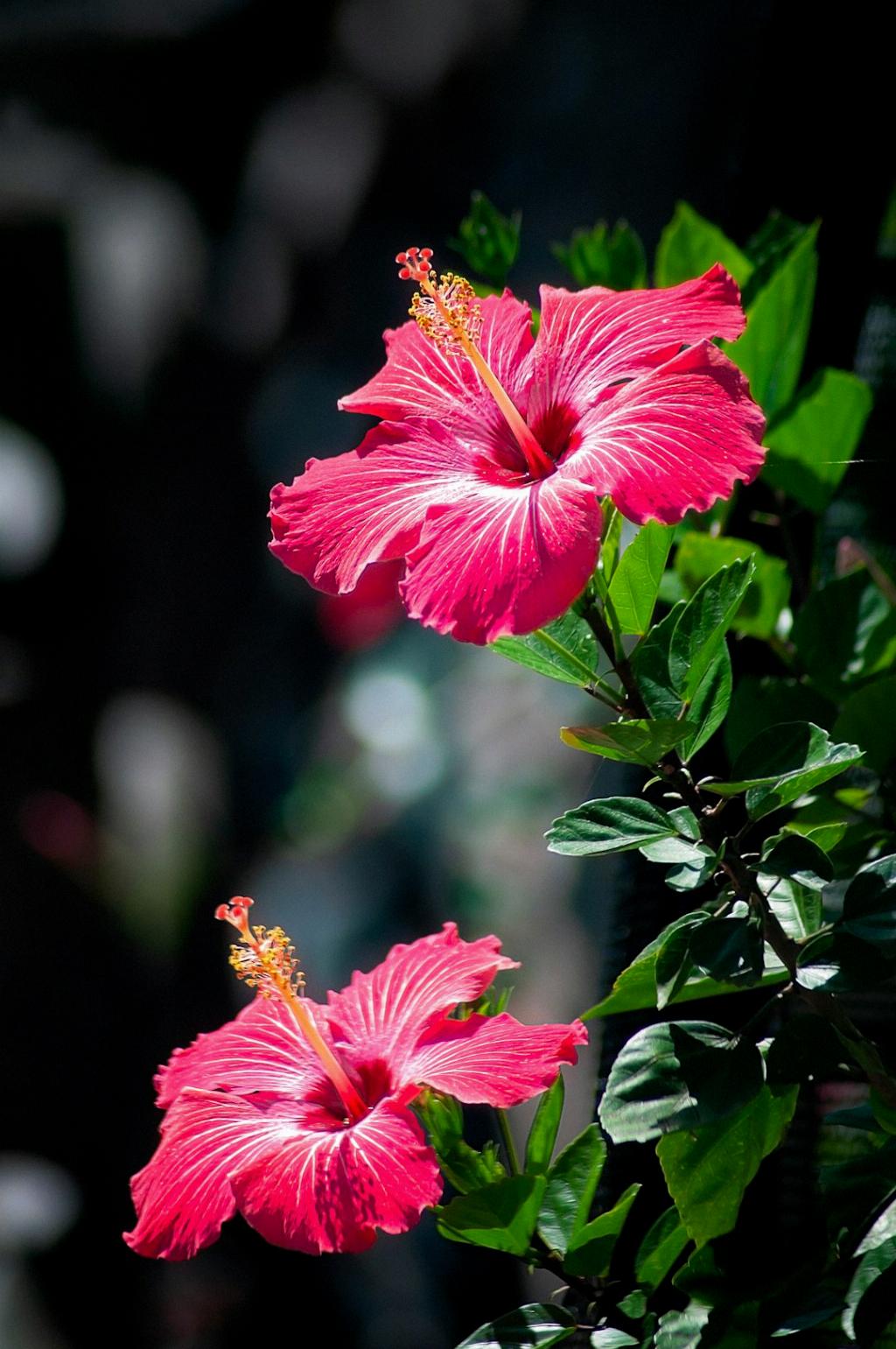When it comes to hibiscus plants, particularly perennial hibiscus, there is often a bit of confusion among gardeners regarding their classification. The term “perennial” typically refers to plants that live for more than two years, and hibiscus fits perfectly into this category. However, the behavior of hibiscus plants can sometimes lead to uncertainty, especially in regions with distinct seasons.
One key aspect to consider when determining the perennial nature of hibiscus is their growth pattern. Hibiscus plants are known to be one of the last perennials to emerge in spring, which can sometimes make gardeners anxious, wondering if their plant has survived the winter.
It’s important to emphasize patience when it comes to hibiscus plants. Even if a hibiscus appears dormant or dead at the beginning of the growing season, it is crucial to give it time to awaken from its winter slumber. The delayed emergence of hibiscus is a natural characteristic of these plants and not an indication of their overall health.
When caring for perennial hibiscus, there are several tips that can help ensure their longevity and vitality in the garden. Proper care and maintenance practices, such as pruning, watering, and fertilizing, play a significant role in supporting the perennial nature of hibiscus plants.
Pruning hibiscus plants, especially in late winter or early spring, can help promote new growth and flowering. Removing dead or damaged branches can also rejuvenate the plant and encourage healthy development throughout the growing season.
Watering is another critical aspect of perennial hibiscus care. While hibiscus plants generally prefer moist soil, it’s essential not to overwater them, as this can lead to root rot and other issues. Finding the right balance in watering frequency and amount is key to maintaining healthy hibiscus plants.
In addition to pruning and watering, fertilizing hibiscus plants can provide them with the essential nutrients they need to thrive. Using a balanced fertilizer formulated for flowering plants can support robust growth and vibrant blooms in perennial hibiscus.
Understanding the unique growth habits and care requirements of hibiscus plants can help gardeners appreciate their perennial nature fully. While hibiscus may exhibit behaviors that differ from other perennial plants, their resilience and beauty make them a valuable addition to any garden.
In conclusion, hibiscus plants can indeed be considered perennial, as they have the ability to live for more than two years under the right conditions. By following proper care practices and being patient during their late emergence in spring, gardeners can enjoy the beauty of perennial hibiscus plants year after year.

